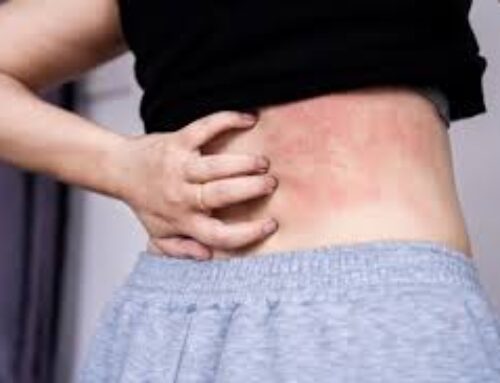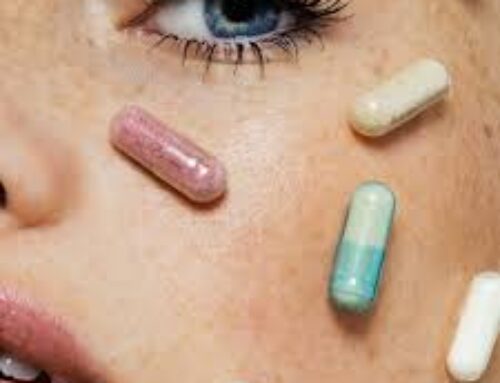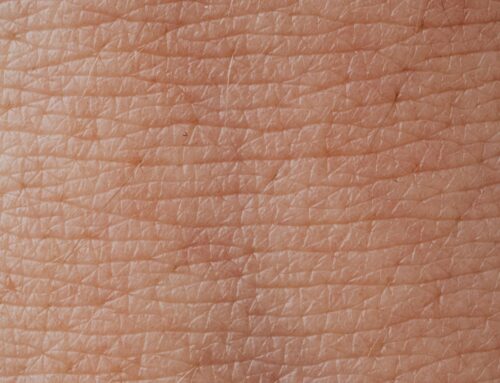Sweating is the body’s cooling mechanism, and you’ll find yourself sweating if you’re exercising or outside in the summer’s blissful heat. If you find yourself sweating excessively when you are not in warm environments or are not exerting yourself, you may have a condition known as hyperhidrosis. An individual with hyperhidrosis sweats when their body does not need cooling. Most often, they sweat from their palms, feet, underarms, or head. The excessive sweating makes it difficult to perform everyday activities including turning a door knob or holding a pen.
There are two types of hyperhidrosis: primary focal and secondary hyperhidrosis.
Primary Focal Hyperhidrosis
This type of hyperhidrosis begins during childhood or adolescence. Individuals with primary focal hyperhidrosis only have one or few parts of the body that they excessively sweat from. Typically, this excessive sweating occurs bilaterally. For example, if a person sweats under one arm, they usually notice sweating under the other arm. Sweating can begin as soon as the person wakes up, and it happens at least once a week. People with primary focal hyperhidrosis are still healthy.
Secondary Hyperhidrosis
This type of hyperhidrosis is the result of an underlying medical condition or side effect to a medication. Medical conditions that can cause hyperhidrosis are diabetes, gout, menopause, obesity, an overactive thyroid, and a tumor. As opposed to individuals with primary focal hyperhidrosis, those with secondary hyperhidrosis tend to have their entire body sweating excessively. With this type, excessive sweating can occur during sleeping.
Treatments
The first line treatment for excessive sweating is antiperspirant. Antiperspirant gets pulled into your sweat glands when you sweat and plugs it. When the sweat glands are plugged. Your body stops producing sweat.
There are cloth wipes that dermatologists can prescribe to reduce sweating in affected areas. The cloth wipes contain the active ingredient glycopyrronium tosylate, which prevents the sweat glands from working.
Botox can be injected into the underarms to treat excessive sweating in that area. The injections temporarily block a chemical that stimulates sweat glands, and reduced sweating lasts for a few months. Patients will need to be reinjected with Botox when the excessive sweating reoccurs.
Surgery is another option for treating hyperhidrosis. An excision may be performed to cut out the sweat glands or a curettage can be performed to scrape out the glands.
Hyperhidrosis is not harmful, but it does make common daily activities more inconvenient. Thankfully, it is treatable and a dermatologist can help you find ways to control your sweating.





